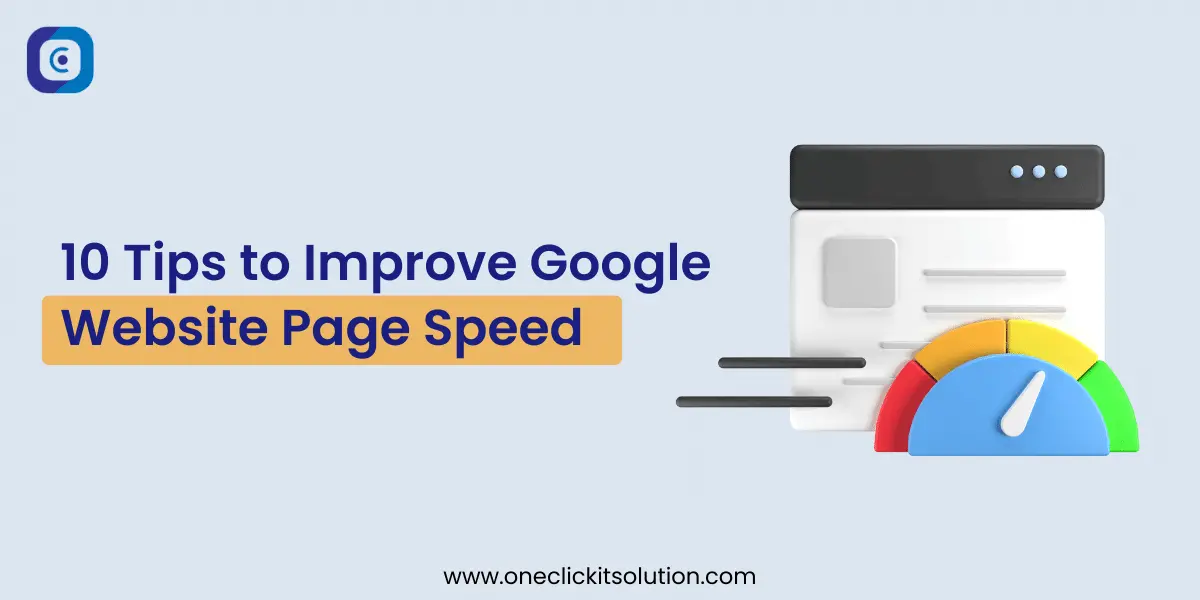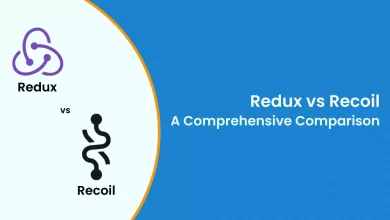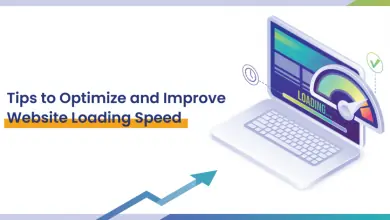10 Tips to Improve Google Website Page Speed

According to Google research, 53% of mobile users leave a website with a loading speed or response time of more than 3 seconds. Another research by Double click quoted ‘sites that load in 5 seconds vs 19 seconds observed 25% higher ad view ability (and) 70% longer average sessions and 35% lower bounce rates.’
If there is anything that annoys a user when they visit your site, it is the website loading speed and performance. What is the speed of your website? There are several free website speed test tools that you can use for performance monitoring and page speed insights. If you still think that your website loading speed is a concern and might be costing you business.
10 Tips to Improve Google Website Page Speed
1. Leverage on CDN

Hosting your media files on a CDN (Content Delivery Network) is undoubtedly one of the best techniques to improve the website loading speed. It can free you up to 60% of your bandwidth and cut the number of requests in half.
Using a CDN, your files are hosted on a network of different servers located all over the world. When a visitor accesses your website from Thailand, for example, their browser will download the files from the server that is closest to their location. This mechanically helps in website speed optimization.
Since your bandwidth is dispatched across a multitude of servers, this optimizes the use of each server, protects you against DDoS attacks and traffic spikes. The more international visitors you have, the higher the website performance benefits of CDN.
2. Use WP Engine (If You Have a WordPress Site)
If you wish to speed up your WordPress site, we strongly recommend that you use a specialized host. Its performance is excellent. The rates are a little higher but it is worth it as it helps in improving your google page speed loading score.
3. Use a Cache Plugin
Installing a cache plugin is the fastest technique website speed and loading pages optimization. If you use WP Engine, you can skip this step as the cache plugin is one of the services offered by the host. A cache plugin can reduce the number of resources used by servers by reducing the number of requests. The principle is to save (= to cache) the requests already sent to avoid restarting them with each new loading.
4. Add Expires Headers to Improve Your Cache System
If you are not using WordPress, or if you do not want to add another plugin in addition to your cache plugin, implement expires headers. These can Improve google website page speed in two different ways. Firstly, they avoid as much as possible that your visitors download several times the same files on the server of your site. Second, they reduce the number of requests handled by your server.
5. Compress Your Images
Images are heavy files. They tend to consume a lot of server resources. It is for this reason that it is important to optimize their weight. Especially since it is quite simple to do. There are basically 3 techniques to reduce the weight of an image:
- Compress it, using a tool.
- Change its format, for example by converting your PNG images to JPEG images.
- Reduce the dimensions. The smaller an image, the fewer pixels it has, the less it weighs.
All these actions must be accomplished before uploading the images to your site’s server, i.e. before adding them to your site’s media library.
6. Clean Up Your Database
The database of a website can be quickly polluted by a set of useless elements such as drafts of articles, revisions of saved pages, plugins/applications installed but unused. There are several tools to clean up your database. You can then opt for Google page speed analysis.
For website speed optimization, WP-Optimize is a good tool if you use WordPress. If you use Prestashop, you can use the excellent PrestaShop Optimizer.
7. Compress Your Website
There are many ways to compress files from a website and thus save bandwidth. All of your files are compressed into a zip file. Then, when a visitor loads one of your pages, their web browser unzips the file. It’s as simple as pie, and it’s effective!

8. Repair All Broken Backlinks
Not only do broken external links consume unnecessary bandwidth, but they also have a disastrous effect on the user experience. Most visitors who land on a broken link will leave your site. Repairing broken links can increase the number of page views per session and reduce the bounce rate. There is, therefore, an issue that goes far beyond the problem of Google page speed loading. All the more reason to fix these links.
You can identify your 404 errors in Google Search Console, using a WordPress plugin (if you have a WordPress site) or an Ahrefs or Screaming Frog SEO Spider type tool.
9. Reduce the Number of Redirects
301 redirects (permanent) are always preferable to 404 redirects, but still, they tend to slow the site down. You can use tools to identify and reduce the number of these redirects.
10. Compress Your CSS and JS Files
Very often, the website performance and loading speed are directly linked to problems in the loading of CSS and Javascript files. When you use WordPress or another CMS to manage your site, a new JS or CSS file is added virtually every time you install a new plugin. Each plugin brings its own CSS or JS scripts. It is strongly advised to compress these files.
There are several methods. The first is to merge all of these files into one – instead of having 10 independent Javascript files. The second method is to erase all the white space inside the files to reduce their size.
If your website is too slow and you want to improve its performance to boost your SEO and optimize the user experience? What you need is an expert to help you improve the site loading speed and optimize your website to match the best google page speed loading score. As one of the best software development company in India, OneClick excels at developing websites with faster load times and seamless navigation. Connect with us today to resolve your website speed performance issues.





